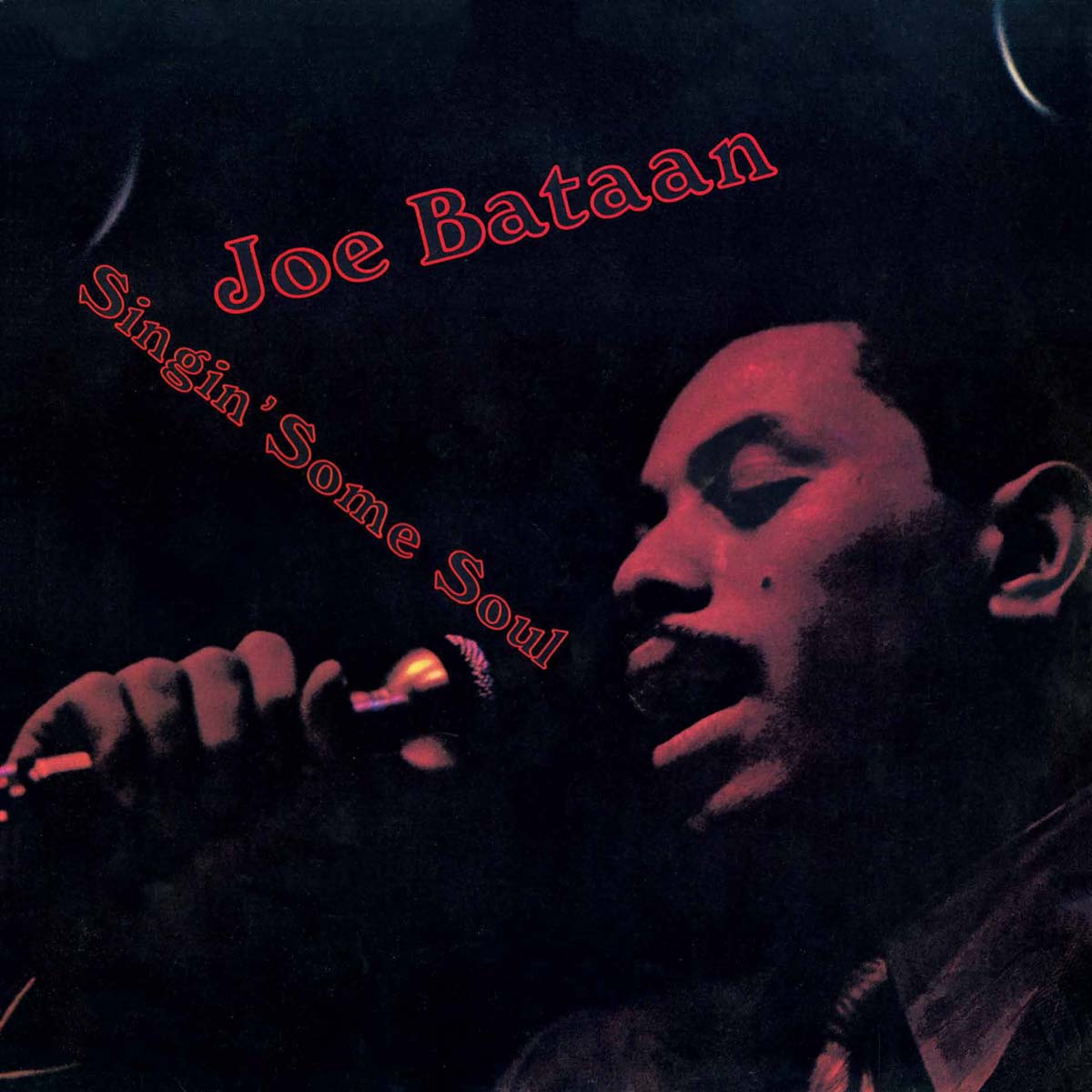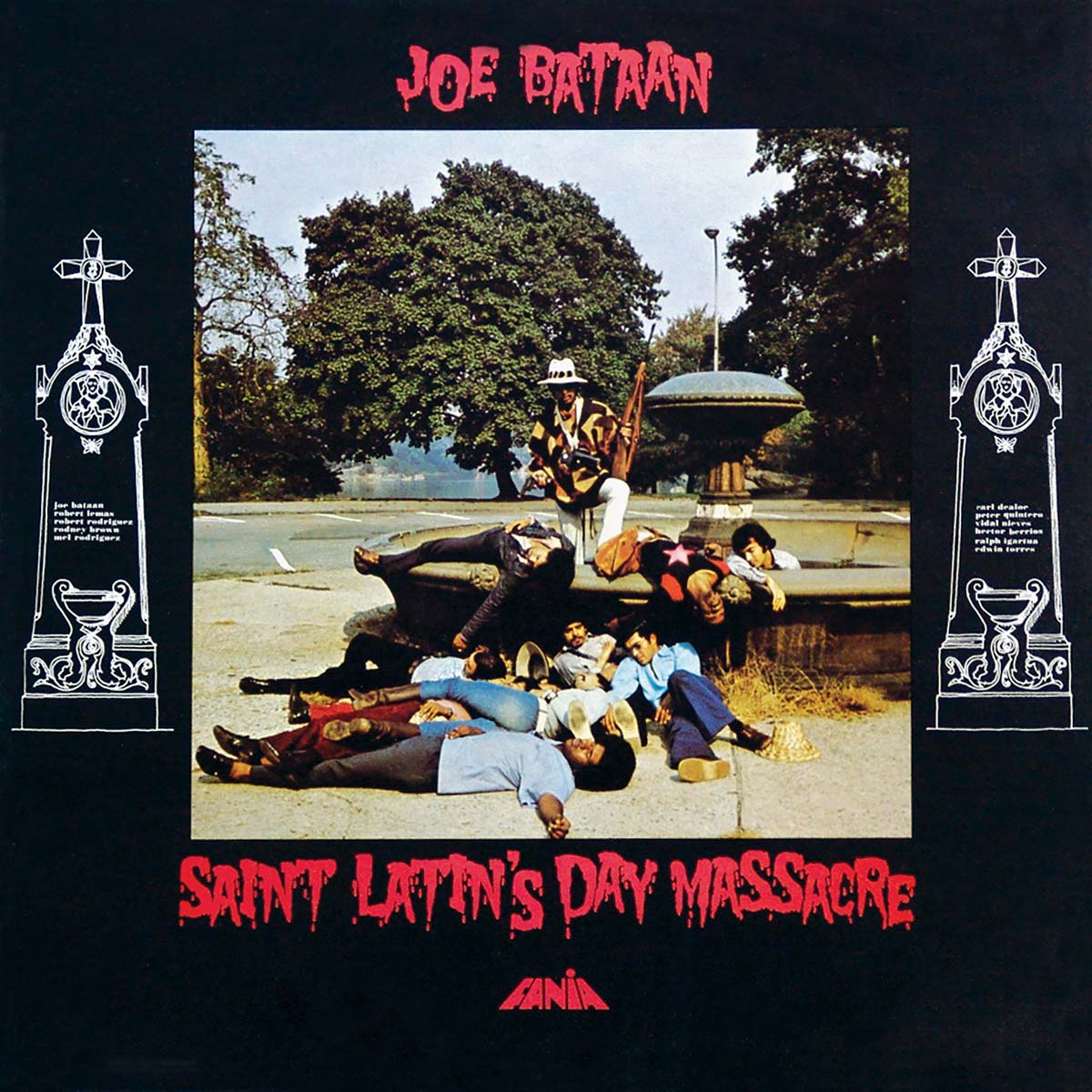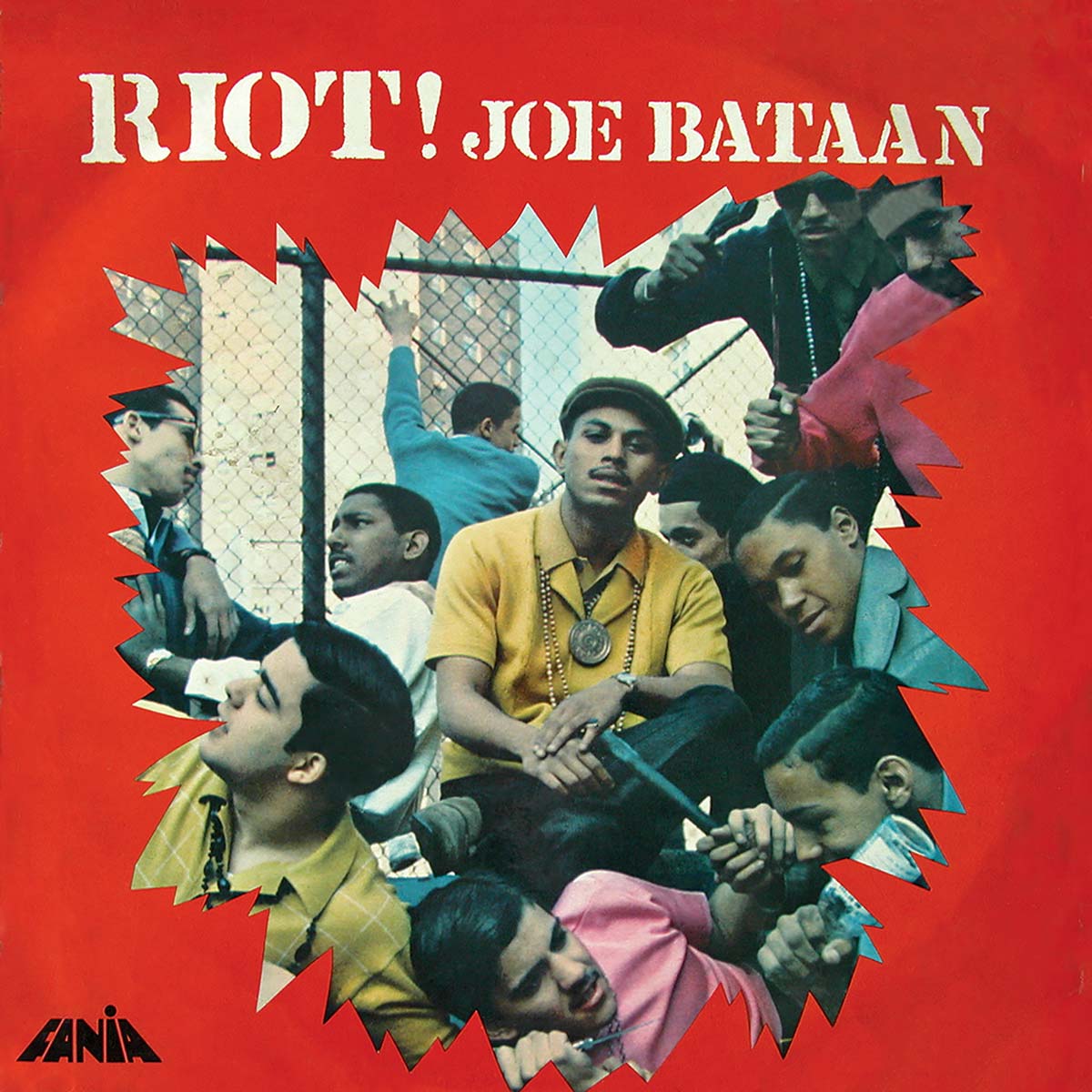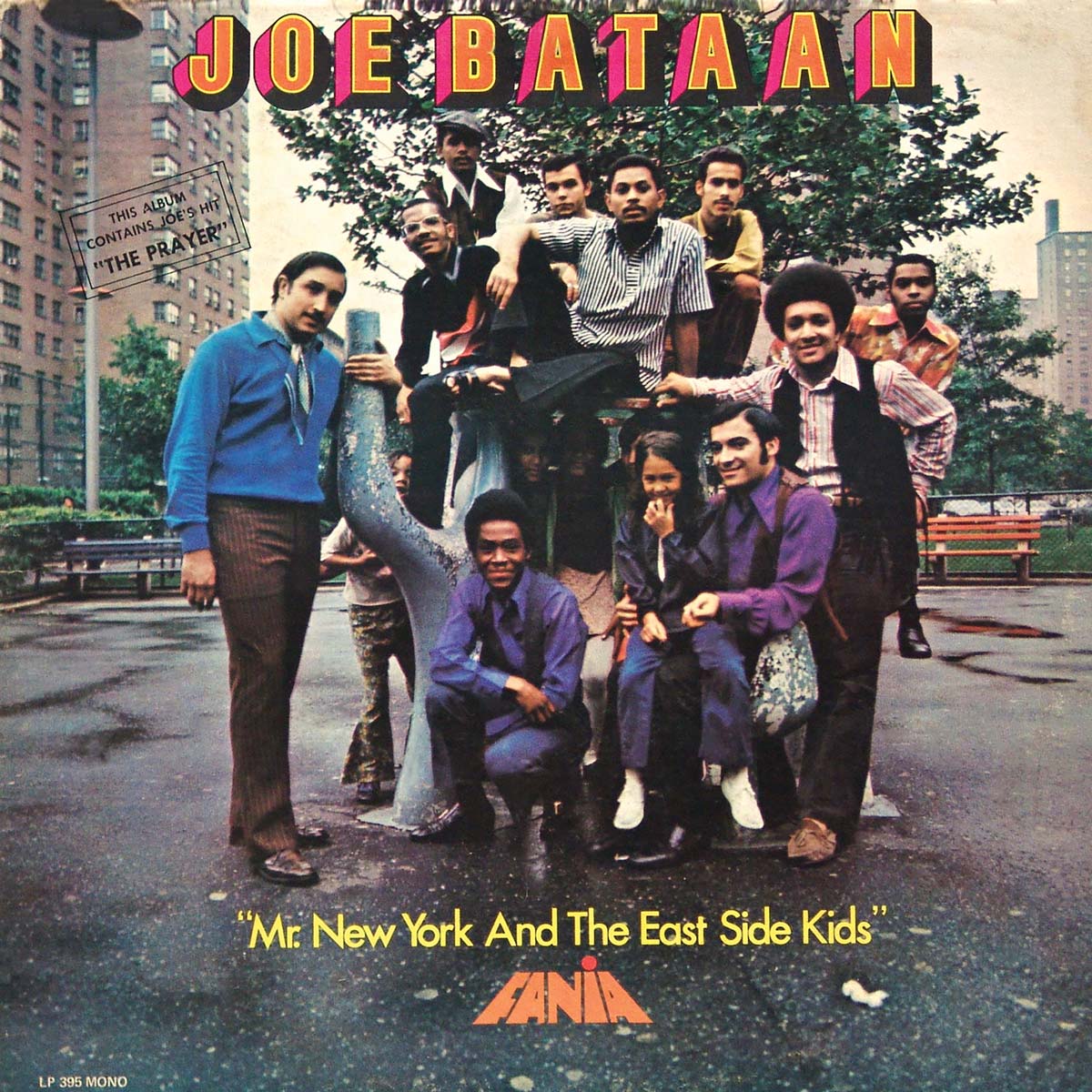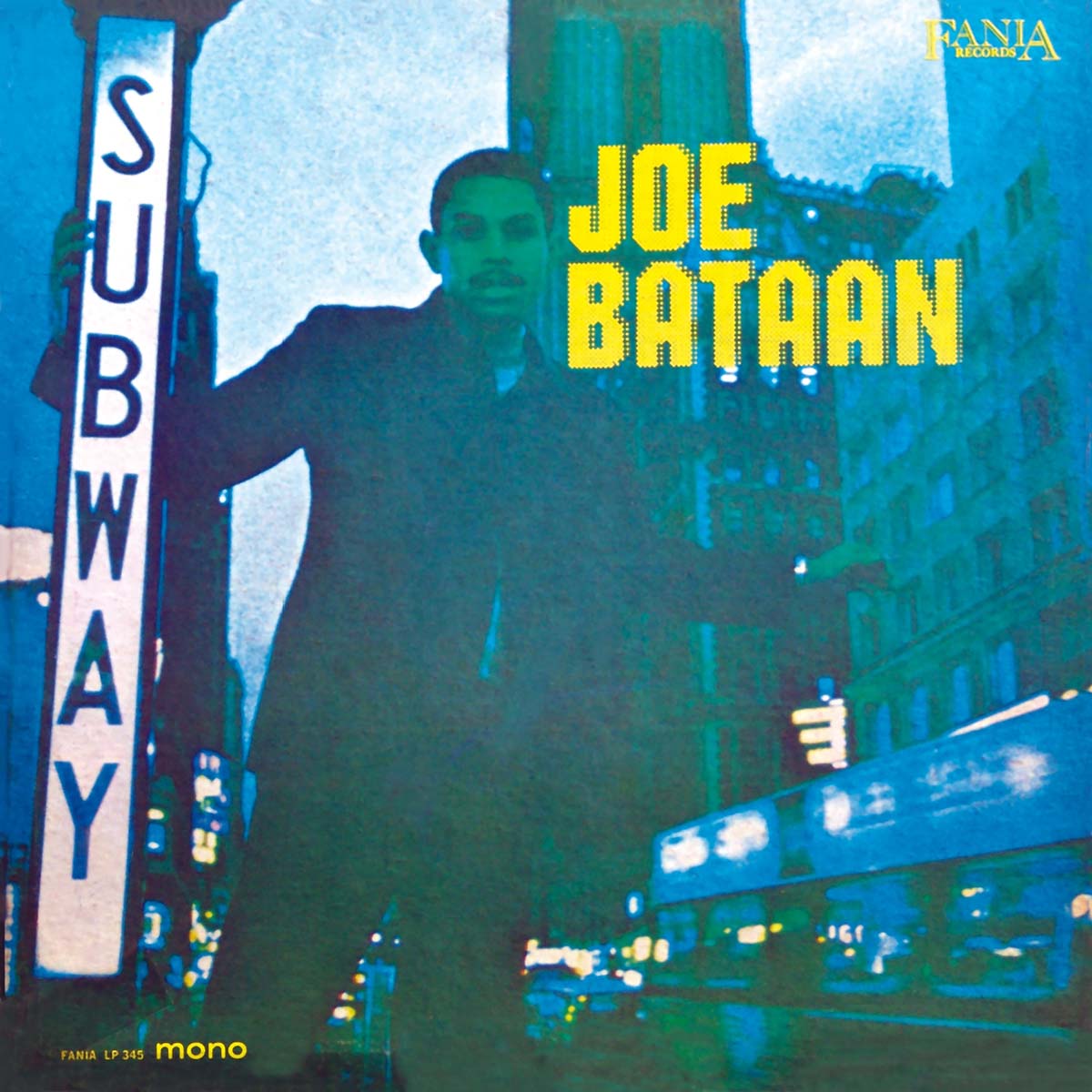
Joe Bataan is rightfully esteemed as the King of Latin Soul. Born in New York’s Spanish Harlem in 1942 of Philippine and African-American parentage, his masterful songs about everyday ghetto life are forever embedded in the hearts of generations of Latinos. Growing-up in the tenements of El Barrio, Joe was exposed to a cocktail of pop, Latin, doo-wop and R&B. His adolescent and early adult years were marked by gang membership, delinquency and time in prison. Music proved to be the salvation of this Afro-Filipino with a Latino heart and soul when he rounded-up a group of young Latin musicians to form the Latin Swingers in October 1966.
“Subway Joe” was the 1968 follow-up to his successful Fania debut album Gypsy Woman. As with its predecessor, the album features a rich mixture of styles. Although it was Joe’s bittersweet soulful voice and song writing skills that made the greatest impact (all the tracks are credited to him), his prowess as a pianist and arranger should not be overlooked.
In the opening track “Subway Joe,” the master storyteller relates the tale of a NYC subway encounter set to a rousing boogaloo beat. Renowned Latin radio deejay Polito Vega helped the song become a major hit at the time of its original release. Joe and the Latin Swingers give the guaguancó rhythm a tough and jazzy makeover in “Juanito”. The trombones veritably ignite!
“Mujer Mía” is described as a bolero-cha cha, a hybrid of the smoochy bolero and shuffling cha cha chá styles. After its mellow intro the tune deceptively slips into a funky groove with Joe, a shameless imitator of Eddie Palmieri, taking a tasty piano solo. “Nuevo Jala Jala” acts as a showcase for a fiery trombone solo by Joe Chickie Fuentes followed by another delicious piano solo from the main man. During Joe’s solo vocalist Tito Ramos dubs him La Perla del Barrio (The Pearl of the Spanish Harlem). Listen out for the descarga explosion after the false ending.
Joe eulogises his “Special Girl” in boogaloo style while the chorus exhorts us to ‘Do the Push, Do the Pushy Pushy’. “Ponte En Algo” is a rumbustious descarga blowout with boogaloo embellishments, featuring a brief conga solo by Lorenzo Chino Galán and an extended piano solo by Joe. The mood apparently cools down again with “Triste,” another bolero-cha cha, but there is a sting in the tail! It’s back to boogaloo for “Magic Rose”. Here Joe tells the story of a woman with occult powers. It’s magic, It’s witchcraft, It’s voodoo, She’s got a hold on me, sing the chorus.
Virtually the same personnel performed on Gypsy Woman and “Subway Joe”. They may not have been the greatest players, but their youthful enthusiasm more than compensated to create a raw, rugged and funky street-real sound. Latin lead vocalist Joe Pagan died shortly after Gypsy Woman was made. Tito Ramos substituted on “Subway Joe”, which was dedicated to Pagan’s memory. Previously Ramos had provided lead vocals to Johnny Colón’s landmark boogaloo albums Boogaloo Blues (1966) and Boogaloo ’67 on Cotique Records, and went on to co-found the TnT Band with another ex-Colón vocalist, Tony Rojas.
Following “Subway Joe,” Joe recorded a further six albums for Fania between 1968 and 1972, and featured in the second volume of the Fania All Stars’ debut Live At The Red Garter (1968). While still with Fania, in the early ’70s he managed the cult Ghetto Records label for a while. Thereafter he made his mark on the ’70s disco and ’80s rap movements with the US and UK disco hit The Bottle (from Afrofilipino ’75 on Salsoul) and the international dance hit Rap-O Clap-O (included in Mestizo ’80, aka Rap-O Clap-O, on Salsoul). After a 20-year plus hiatus, he returned to performing in 1994 and released a brand new album in 2005.
Credits:
Joe Bataan – Leader, Piano
Joe “Chickie” Fuentes – First Trombone
Rubén Hernández – Second Trombone
Eddie Nater – Timbales
Louie Devies – Bass
Richie Cortes – Bell
Lorenzo “Chino” Galán – Conga
Milton Albino – Bongos
Latin Vocals – Tito Ramos
English Vocals – Joe Bataan
Chorus – Richie Cortes, Louie González, Michael Padilla
Producer – Jerry Masucci
Recording Director – Johnny Pacheco
Recorded at – Impact Sound Studio
Recording Engineer – Richard Alderson
Original Album Cover Photo – Marty Topp
Original Album Art Director – Izzy Sanabria
Written by John Child


